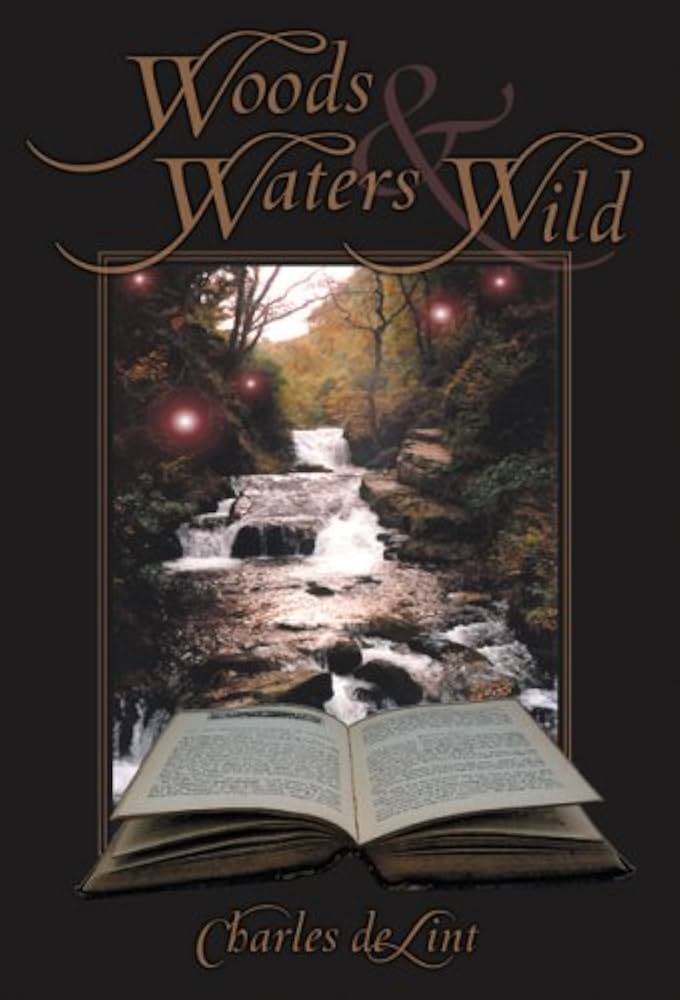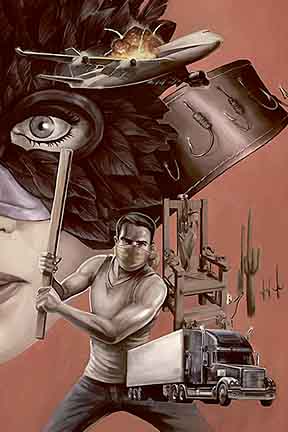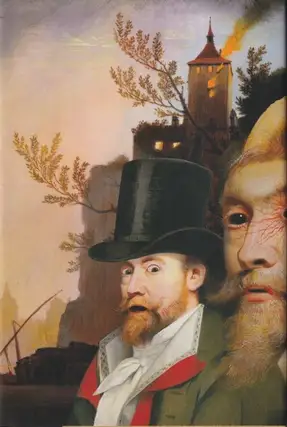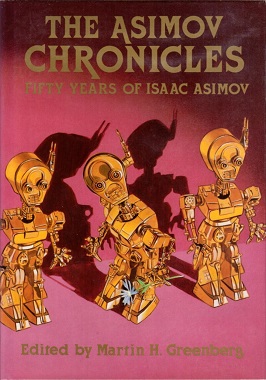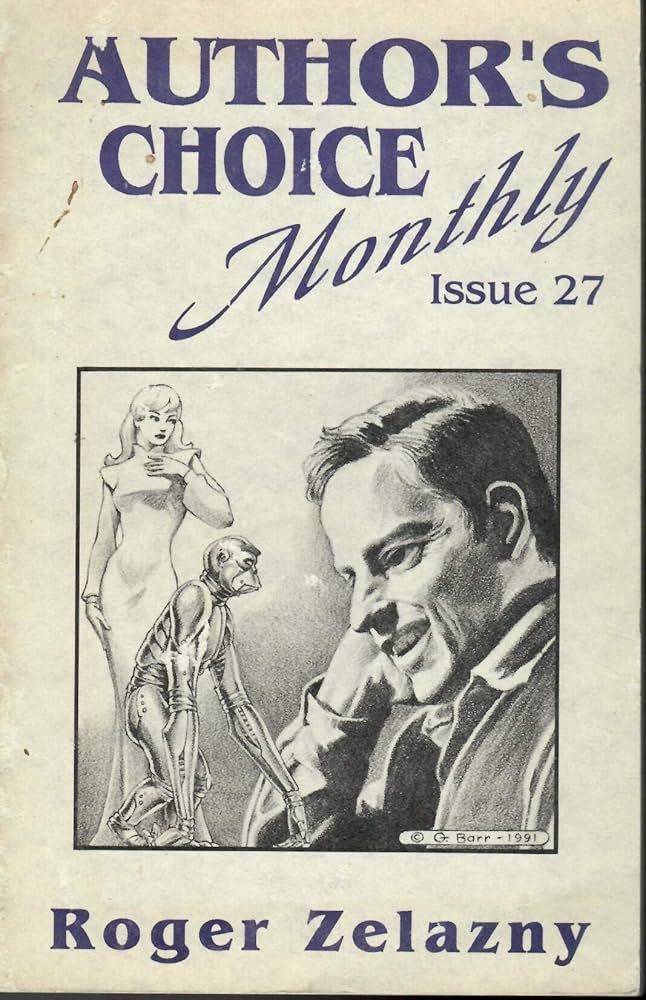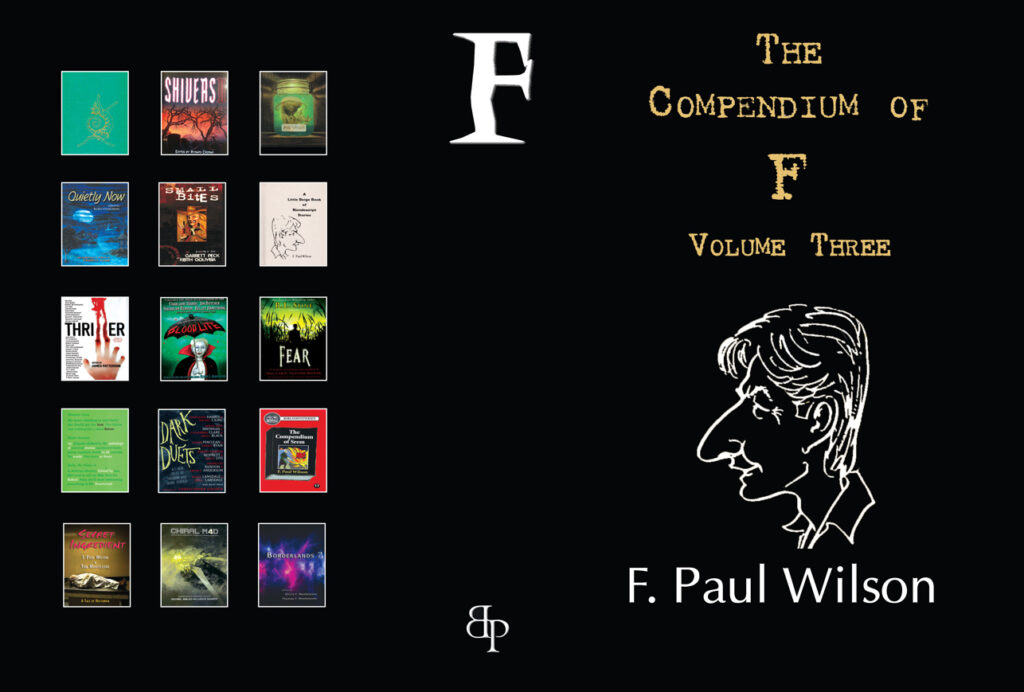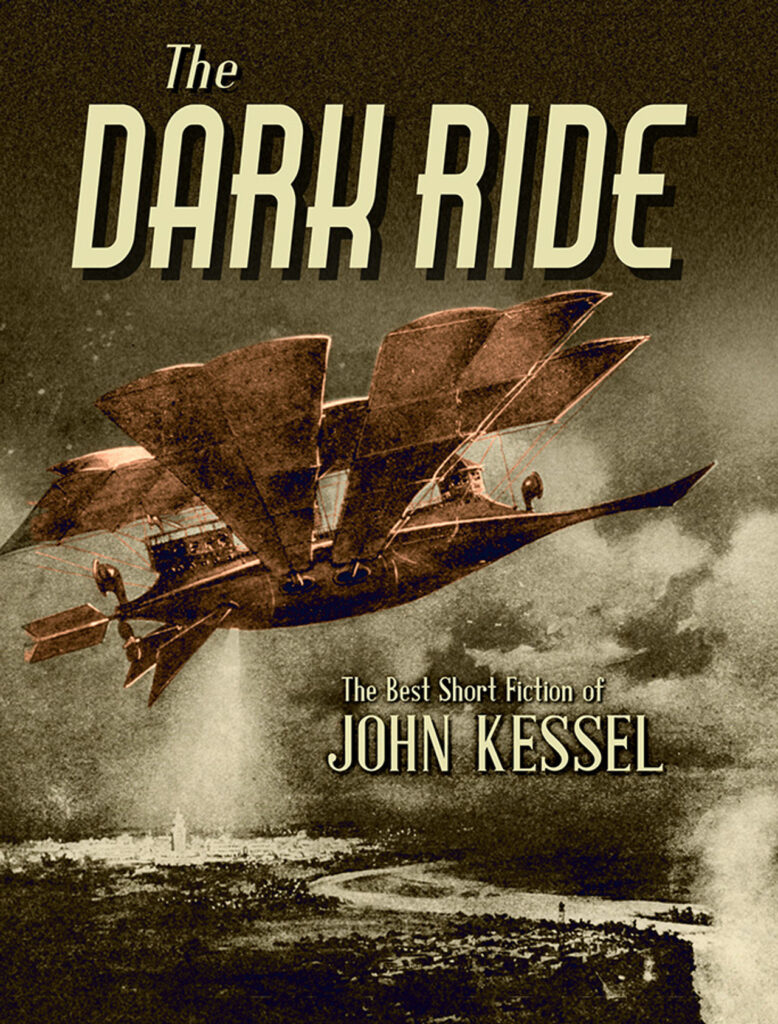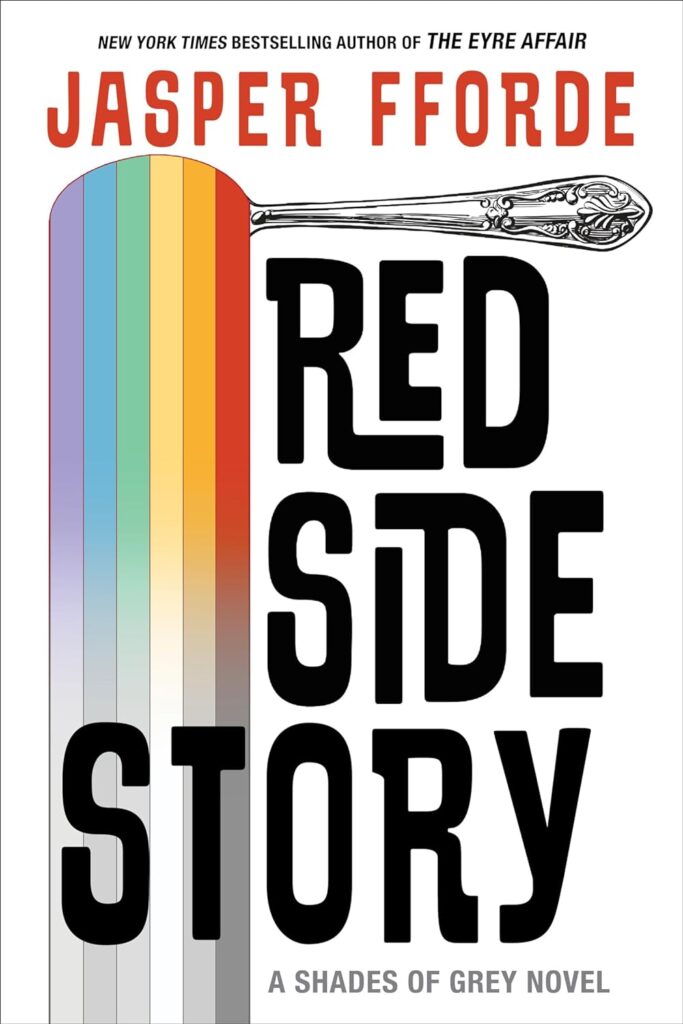After picking up a pair of Centipede Press books that were bundled together (see my comments on those books here), I saw that the publisher had dropped the price on another book that long had looked interesting. This was John McPartland’s Tokyo Doll (2023). Listed for $19 in their “Specials and Nearly Sold Out” section, well off the original cover price ($55, I think), it was hard to resist.
Tokyo Doll first appeared in 1953, early in McPartland’s career. McPartland is firmly entrenched in the American noir detective genre, the titles almost as shocking as the covers (at the time). In fact, all of his books appeared during the 1950s. Sadly, his life and career ended prematurely in 1958 at the early age of 47, shortly after he got into screenwriting in Hollywood. Unlike a handful of other authors from that decade, most of his books remain out of print.

The cover of the hardcover edition of Tokyo Doll is considerably less lurid than the original paperback edition. In fact, the Centipede Press cover is nothing short of amazing, and the image below hardly does it credit.
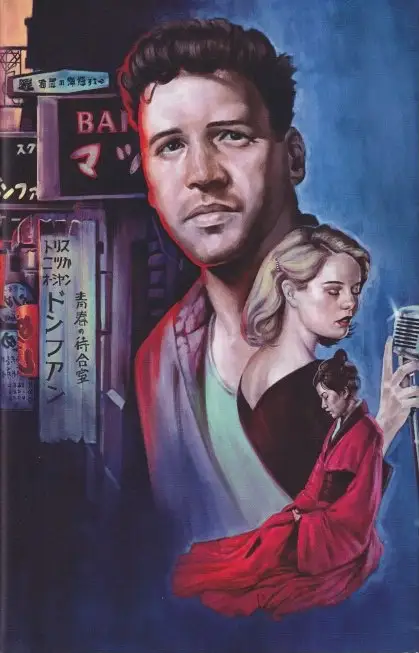
Perusing the first few pages, the prose is tight, hard as a steel blade, almost breathless in pace and atmosphere–all typical of that genre. This is a book I look forward to reading. It’s not Centipede Press’s first foray in McPartland’s books; they published See You in Hell in a limited edition in 2020. The cover on that book doesn’t look nearly as nice, though prices for it now are well above what I paid for Tokyo Doll, which was, I guess, “priced to move.” I think See You in Hell was published in a limited edition only; the publisher mentions 500 numbered copies for Tokyo Doll, but the one I picked up was the unsigned, unnumbered version, which is fine by me.
At the same time as I bought the McPartland book, I also bought from Centipede Press a book in their long running series, The Library of Weird Fiction. These books usually go out of print quickly, given that they are massive retrospectives of well-known writers of early twentieth century fantasy/horror fiction (see Algernon Blackwood, Ambrose Bierce, Bram Stoker, Edgar Allan Poe, H. P. Lovecraft, etc,). I’ve never been able to snag one until now (with one exception: a gift I bought for my wife, as she’s a huge Bram Stoker fan). This book in the Library of Weird Fiction contained stories by Frank Belknap Long. As his book was listed as one of the books nearly sold out, I picked it up at the (non-discounted) cover price of $60—unlike the Dune books, $60 is a cover price that’s at a manageable budget. Long’s name was familiar to me, but I don’t think I’d read any of his fiction, unless they appeared in some obscure collection. At over 800 pages, there’s a lot to absorb in terms of his short fiction.

The Library of Weird Fiction covers are uniform, with black and white photographs of the author. Owning a complete collection of these books likely is the mark of a true aficionado of that kind of fiction. On the secondary market the prior volumes fetch an absurd amount (well over $100-$200), so if I continue to collect the books in this series, I suspect I’ll need to make that happen when the books appear from the publisher, and not wait until they show up on the “almost out of print” section. There’s a brief introduction from noted scholar S. T. Joshi, and some photos of Long.
I’m more familiar with Richard Chizmar as an editor and the publisher of Cemetery Dance. Recently in a used book store I came across two copies of his 2019 novel, Gwendy’s Magic Feather. This is a sequel to a book he co-wrote with Stephen King. I stopped reading King’s books after the last Gunslinger novel, so I’d never heard of the first Gwendy book. But, as I’m a sucker for small press books, I picked this one up on the spot. King wrote the introduction, handing off the baton fully to Chizmar, rather than continuing to collaborate on the story. When I think of King’s writing, I’m reminded of the SNL skit where King (actor Jon Lovitz) is interviewed while he pounds out stories on typewriter (yes, this was before the computer…). King obviously has not stopped banging out stories, so any King collector needs a lot of shelf space.

Gwendy’s Magic Feather appears aimed at the juvenile market, with insanely short chapters and quite a few illustrations. It makes me wonder how many copies they produced and hoped to sell, especially with King’s name on the cover. If a pair of them ended up in the same used bookstore, did they really succeeded in that effort? Still, it’s available as a paperback, the story lives on. The short chapters, however, make me hesitate slightly to get into the book. That and the fact that it’s a sequel…

